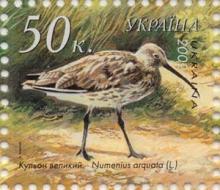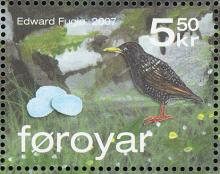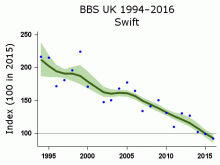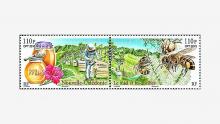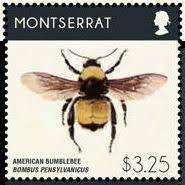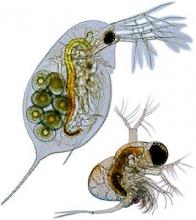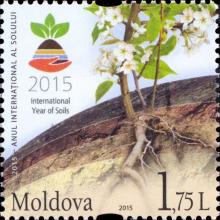Nearly 70 per cent decline in numbers of curlew breeding in North Wales
THE latest Breeding Bird Survey (BBS) report shows that the Welsh breeding curlew population has fallen by 68 per cent between 1995 and 2017. As a result of the precipitous decline in breeding numbers, the curlew (Numenius arquata), long been associated with Welsh upland and farmland, is one of UK’s most pressing conservation issues. Its decline in Wales is mirrored with an overall decline of 48% across the UK. It's not good news for Welsh swifts (Apus apus) either. Their breeding population is down by 69 per cent over the same period.

